As this semester draws to a close it seems that spring in centennial woods has slowed to a crawl. Ever since the warm spell we had a few weeks ago new growth in centennial is reluctant to show itself. The past couple of days of overcast weather and cooler temperatures seem to be limiting what is able to grow and as a result, centennial woods has remained relatively barren. The one exception is the moss, which appears to be loving the cool damp weather as it covers everything.

To me it seems like many of the plants and animals of my phenology site are waiting for a change in the weather to break out from the grasp of the lingering cold. The forest is ready for change, and as I prepare to head home, so am I. Centennial brook is a fascinating ecosystem as it supports multiple thriving ecological communities while also constantly being interacted with by humans. Somehow this ecosystem is stable enough to allow for the presence of thousands of students who come to the woods for research or relaxation while also being able to provide ecological services to the surrounding communities. The combination of Centennial brooks ability to be resilient to human interaction and the sustainably minded students of UVM allow for delicate ecosystems such as vernal pools to exist in Centennial woods.
While I wish I could be around for spring and summer in my phenology site, soon it will be time for me to head home. I do feel that I have become a part of my spot as I now understand the complexity and depth of the interactions that occur there. While I may only be a temporary part of this ecosystem, the interactions I’ve had with the separate parts of it have left a lasting impression on myself and hopefully not so much on the environment. With the changing seasons its my time to leave, but I’ll be back next winter.


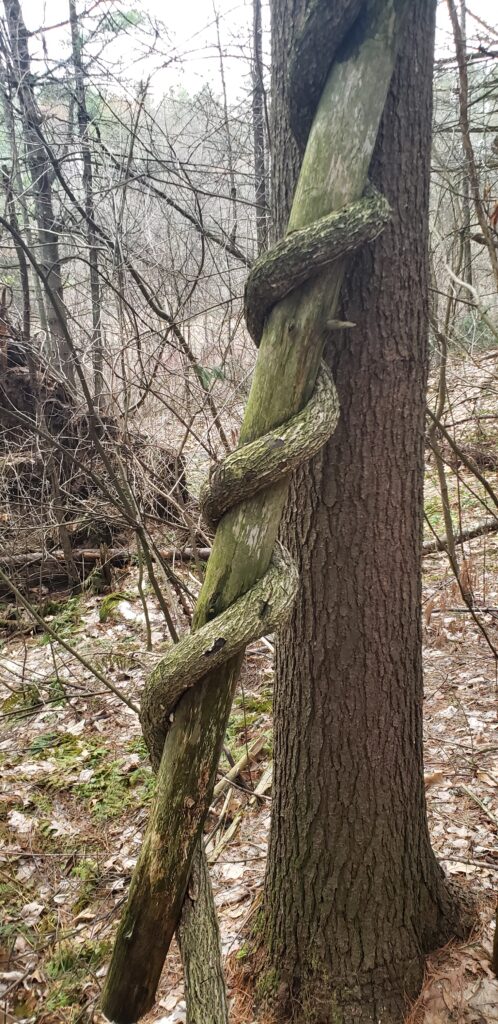
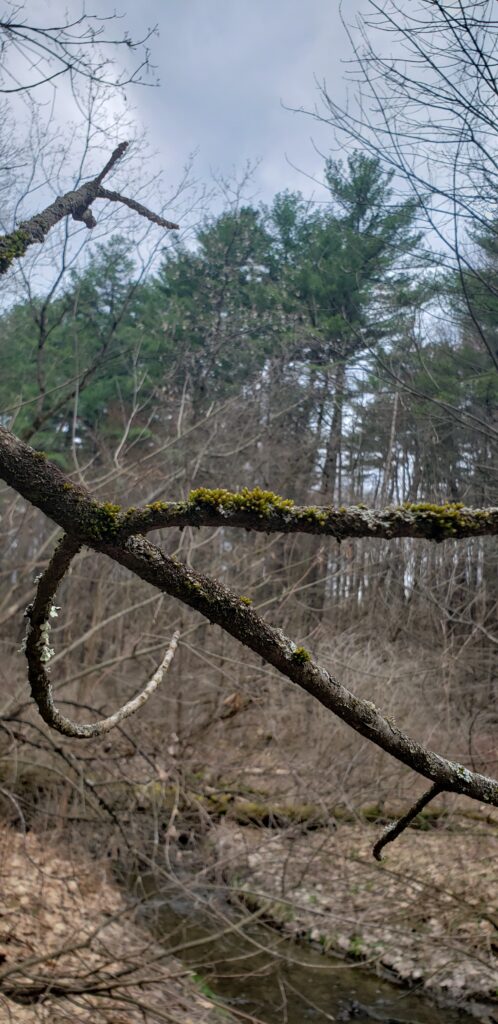
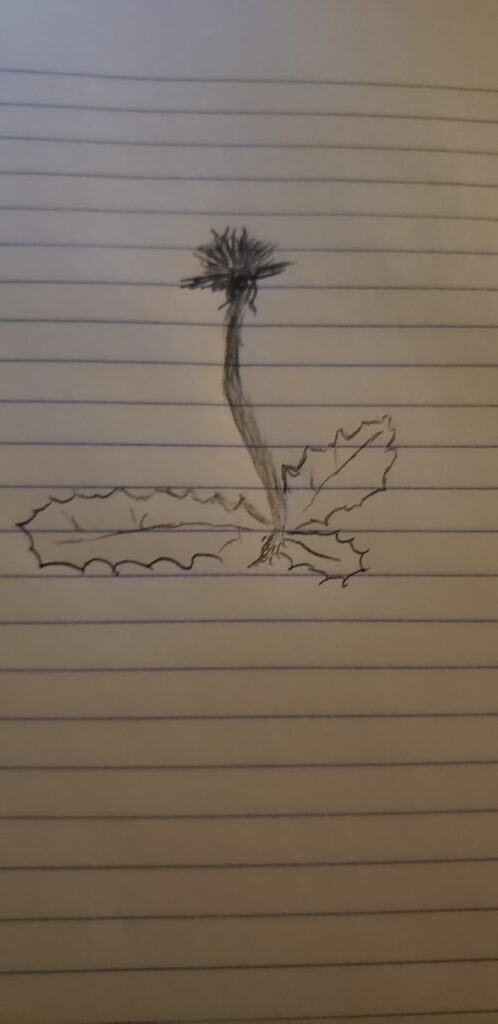
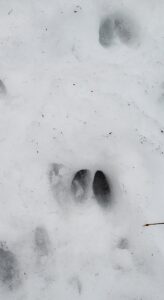
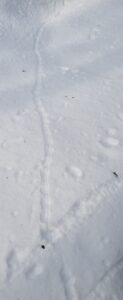
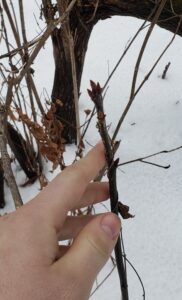
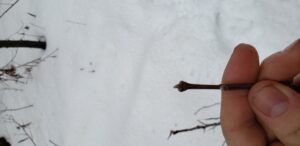
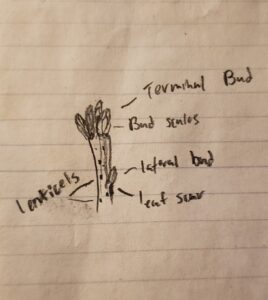
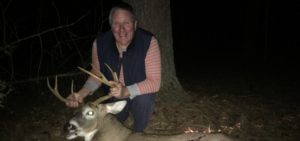

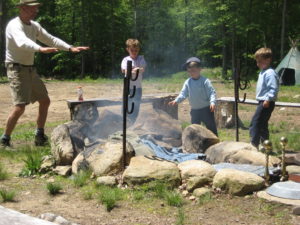
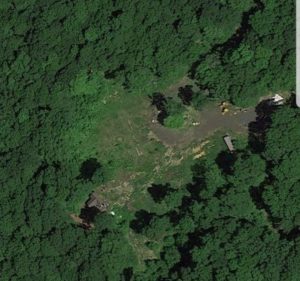
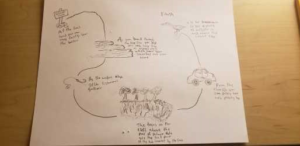







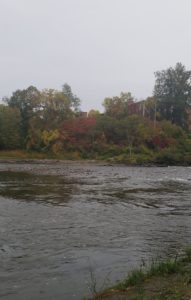

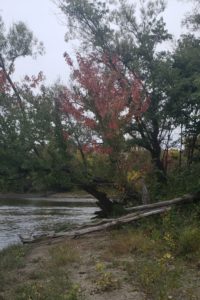
Recent Comments